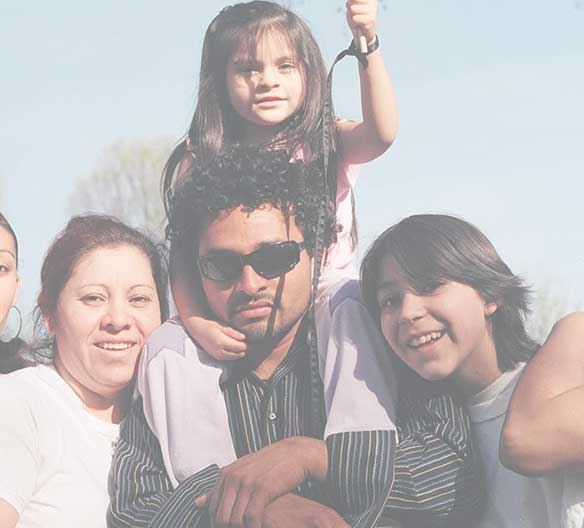What do you want to learn more about?
Should I evaluate and treat the same client?

Short answer: no.
I think that completing an evaluation and being the client’s therapist constitutes a dual relationship, regardless of the order in which it is done (therapy first or evaluation first). The APA has the best, most concise statement on the matter:
“Providing forensic and therapeutic psychological services to the same individual or closely related individuals involves multiple relationships that may impair objectivity and/or cause exploitation or other harm.” (American Psychological Association 2013. Specialty Guidelines for Forensic Psychology. American Psychologist, January 2013.)
Some could argue that it is not a dual relationship and that is fine, I just feel more comfortable coming down on the conservative side of this topic. However, I am also aware that in many parts of the country, there are not enough mental health clinicians to go around (especially those who speak a second language) so it’s not realistic to expect clients to be able to find two different clinicians – one for their evaluation and one for therapy. In these cases, you would need to carefully weigh both options and decide what is best for the client (seeing them for therapy and evaluation vs. client not getting any therapy because there’s no-one else around)
I have one other thought about seeing a client for therapy after completing their evaluation: in trauma work, much of the focus is on empowering the client and helping them regain a sense of control. When I conduct an evaluation, I ask a lot of questions and often have to clarify what a client has told me by asking, “when? how often? how many times? with what? where?” etc.
These are questions that I would *never* ask in therapy. I would let the client tell me what they wanted to when they wanted to. I firmly believe that you can do excellent trauma work without knowing all the gory details.
So, my concern is that if I have already completed the evaluation, I know many details that the client may not have chosen to tell me about and I worry that it would feel like I have taken away that choice away from them.
In the end, check with your licensing board, do your own research, and decide what is best for you and your clients.
One last note – Immigration lawyers and USCIS are not familiar with the term dual relationship and may question why we, as clinicians may choose not to do both therapy & the evaluation for a client. To address this, I include a short explanation about dual relationships at the start of all my evals and I also add the APA statement above.

I’m Cecilia Racine, and I teach therapists how to help immigrants through my online courses. As a bilingual immigrant myself, I know the unique perspective that these clients are experiencing. I’ve conducted over 500 evaluations and work with dozens of lawyers in various states. Immigrants are my passion, I believe they add to the fabric of our country.
related articles
Helping Immigrants Find Safety and Healing Through U and T Visas
As mental health clinicians, we possess a unique set of skills that can be a…
Expand Your Expertise: Recommended Trainings for Immigration Clinicians
The Immigration Evaluation Institute Comprehensive course is a great first step into the world of…
Ethical Considerations in Immigration Evaluations
The role of mental health professionals in immigration evaluations is fraught with unique ethical complexities.…
Join the Free
Immigration evaluation
therapists facebook group
Are you a therapist that conducts immigration evaluations?



